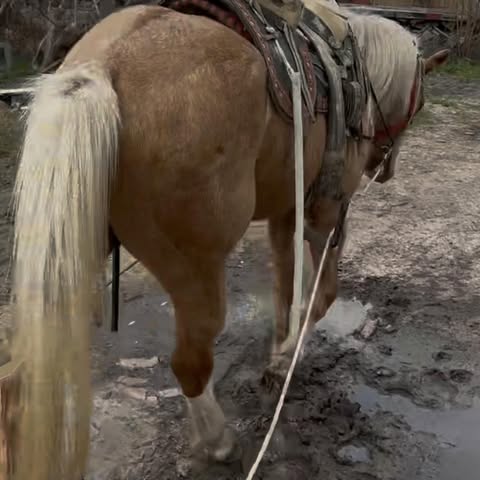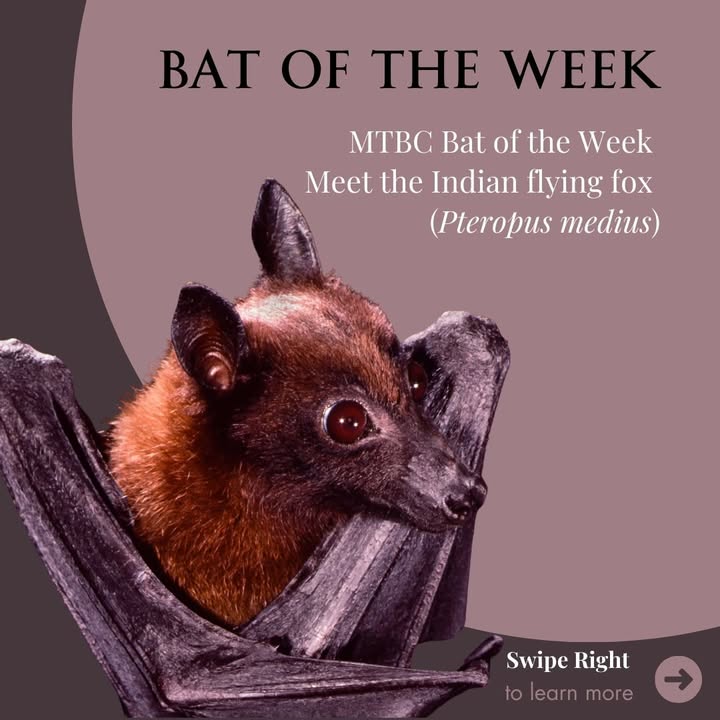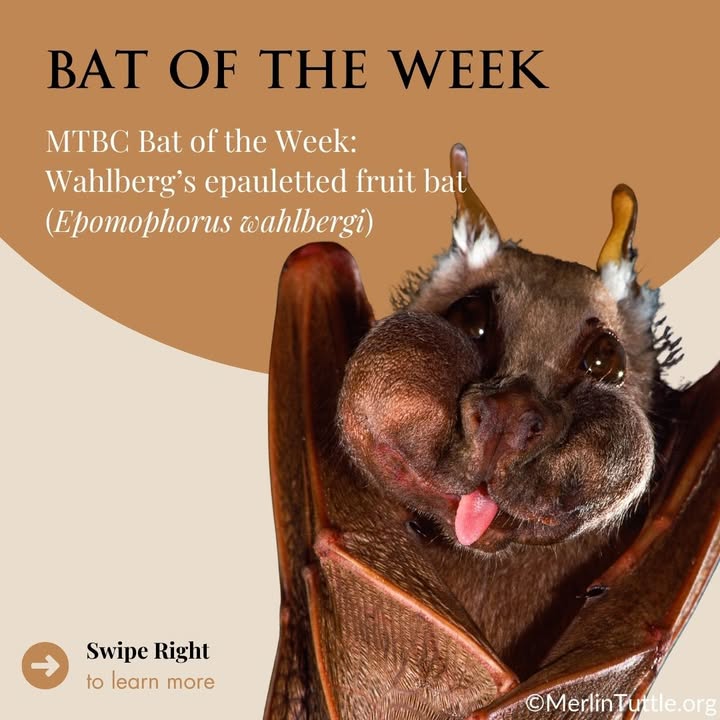
MERLIN TUTTLES BAT CONSERVATION INC
Merlin Tuttle's Bat Conservation - inspiring bat conservation worldwide. Home of Merlin Tuttle and his 60+ year legacy. 501c3 nonprofit org. Inspiring bat conservation worldwide. Inspiring bat conservation worldwide.

Founded
2014
16000
X (Twitter)
5498
Traffic
2414107
Home - Merlin Tuttle's Bat Conservation Join us. MTBC Events and Field Trips Inspiring bat conservation worldwide. WELCOME TO MERLIN TUTTLES BAT CONSERVATION Winning friends not battles. Merlin Tuttles Bat Conservation MTBC was founded by Dr.
From Social media
News about from their social media (Facebook and X).
Meet the Indian flying fox (Pteropus medius)🦇🍃As one of the largest bats in the world, this incredible species plays a crucial role in maintaining healthy ecosystems through seed dispersal and pollination: ✨Where to Find Them This bat is native to South Asia, found across India, Pakistan, Nepal, Bhutan, Sri Lanka, Bangladesh, Myanmar, and the Maldives. They inhabit tropical forests, swamps, and areas near water, often roosting in large trees like banyan, tamarind, and more. 🍴What’s for Dinner.
Like Comment
MTBC Bat of the Week: Wahlberg’s Epauletted Fruit Bat (Epomophorus wahlbergi)🦇🍃With its striking appearance, this bat is more than just a fruit lover—it’s a key player in healthy ecosystems: ✨Where to Find Them This bat is widely distributed across sub-Saharan Africa. Its range stretches from West Africa, through Central Africa’s southern Democratic Republic of the Congo and Rwanda, to East and Southern Africa, and eastern and southern South Africa. 🍴What’s for Dinner.
Like Comment
Data about organisation
Libraries, Library Science Category
Organisations with similar rank to MERLIN TUTTLES BAT CONSERVATION INC in category Libraries, Library Science

57. Friends of the Royal Oak Public Library
Royal Oak: Life Now Playing.

58. PIKES PEAK LIBRARY DISTRICT FOUNDATION
Pikes Peak Library District (PPLD) seeks to engage and transform people’s lives.

59. MERLIN TUTTLES BAT CONSERVATION INC
Inspiring bat conservation worldwide.

60. THE FRIENDS OF THE HOWARD COUNTY LIBRARY, INC.
Your place to learn, grow, and connect.

61. Friends of the Frisco Public Library Inc
At the Frisco Public Library, we're pleased to provide our community with books, eBooks, movies, and a variety of services - from research assistance to classes and events for people of all ages.
Austin
Organisations from MERLIN TUTTLES BAT CONSERVATION INC

💚 Connecting you to local giving opportunities ☀️ Amplify Austin Day organizers.

160. Texas Craft Brewers Guild
Advancing the Texas craft brewing industry through advocacy and education.

161. MERLIN TUTTLES BAT CONSERVATION INC
Inspiring bat conservation worldwide.

Year round, producer only farmers' market.

163. Animal Trustees of Austin
🏥LOW-COST, Same-Day Veterinary Care 📍Central TX, Houston, & Philadelphia 💉Walk-in for vaccines, check-ups, & meds 📲Book a spay/neuter surgery online.
Similar organisations
Similar organisations to MERLIN TUTTLES BAT CONSERVATION INC based on mission, location, activites.

ID- 06-1667945 Make adoption an option Meadow Haven honestly cares about the horses we help.

We like to party with a purpose as we perform community service projects and donate to charities.

South Texas Off Road Mountain-Bikers (STORM)
A non-profit fostering love and appreciation of nature through mountain-biking and trail stewardship.
Similar Organisations Worldwide
Organisations in the world similar to MERLIN TUTTLES BAT CONSERVATION INC.

BAT CONSERVATION AND RESEARCH UNIT (uk)
Focussed on improving the conservation status of bats accross the UK through research, habitat improvement and creation.

THE BAT CONSERVATION TRUST (uk)
Found a bat.
Interesting nearby
Interesting organisations close by to residence of MERLIN TUTTLES BAT CONSERVATION INC

MERLIN TUTTLES BAT CONSERVATION INC
Inspiring bat conservation worldwide.
Similar social media (21498)
Organisations with similar social media impact to MERLIN TUTTLES BAT CONSERVATION INC

39374. African Film Festival, Inc.
AFF is dedicated to advancing an enhanced understanding of African culture through the moving image.

39375. THE SAMANTHA AND KYLE BUSCH BUNDLE
Dedicated to advocating for infertility education and awareness and removing financial barriers by g.

39376. MERLIN TUTTLES BAT CONSERVATION INC
Inspiring bat conservation worldwide.

39377. Catholic Charities of Dallas
Catholic Charities of Dallas calls the community to action to join us in addressing the root causes.

PBS KVIE - Your PBS station for Northern/Central California.
Similar traffic
Organisations with similar web traffic to MERLIN TUTTLES BAT CONSERVATION INC

50272. HEARTLAND WORKFORCE SOLUTIONS INC
Heartland Workforce Solutions Inc.

50274. MERLIN TUTTLES BAT CONSERVATION INC
Inspiring bat conservation worldwide.

50275. Provincetown Chamber of Commerce Inc
http://ptownchamber.

To request an appointment, please call (888) 352-RUSH.
Join us and make a difference for the future!
Sign Up
Please fill in your information. Everything is free, we might contact you with updates (but cancel any time!)
Sign in with GoogleOr
Good News
Excited to see Ian Skor from Sandbox Solar investing in Dream Exchange, a fantastic step towards a greener future and standing strong in the Colorado solar industry! #RenewableEnergy #GoodNews
Sandbox Solar Founder and Chief Executive Officer Ian Skor, Professional Engineer, Invests in Dream Exchange
Benzinga
Like Comment









